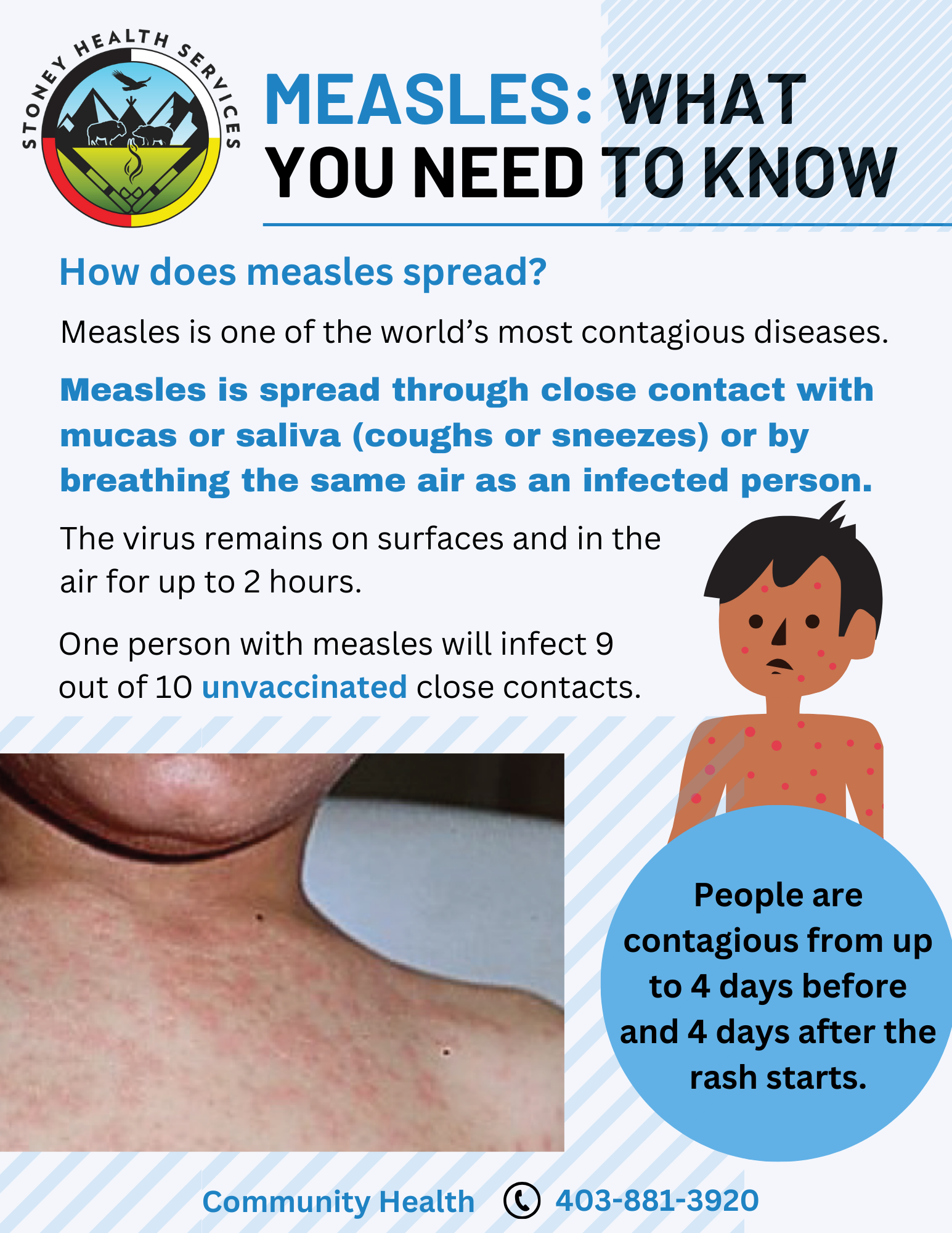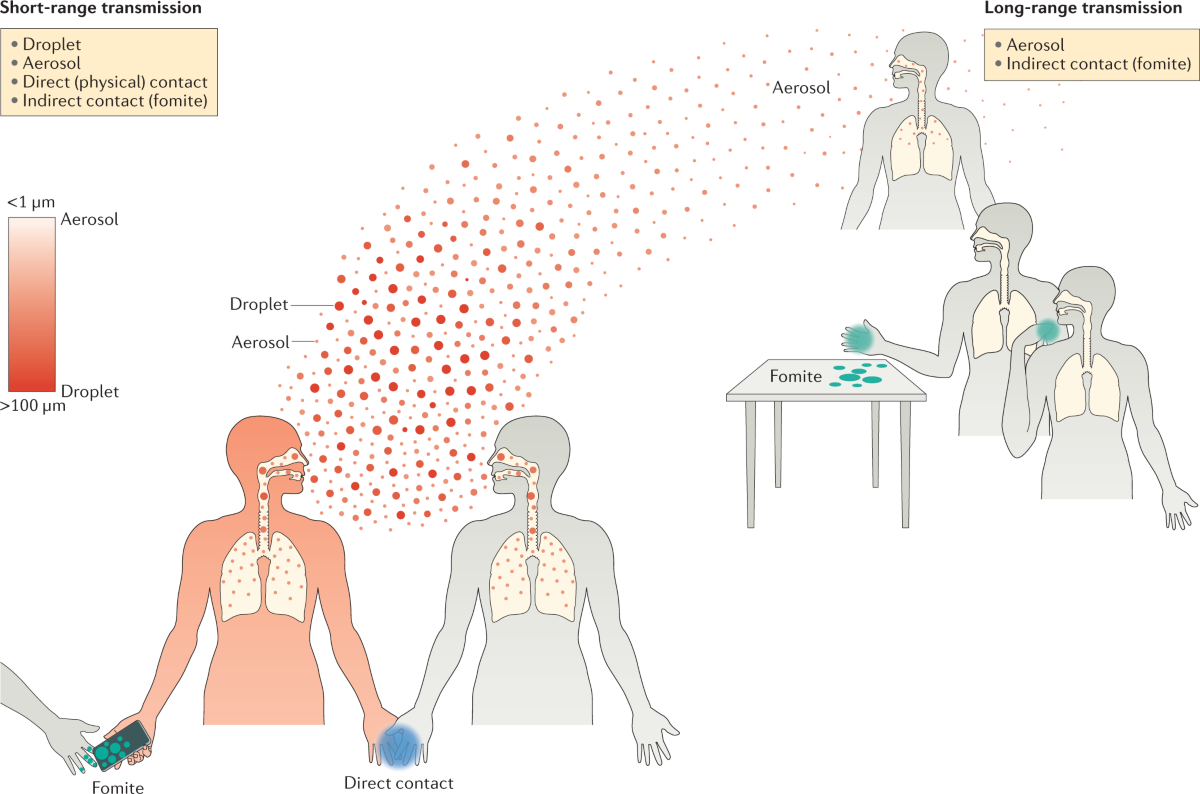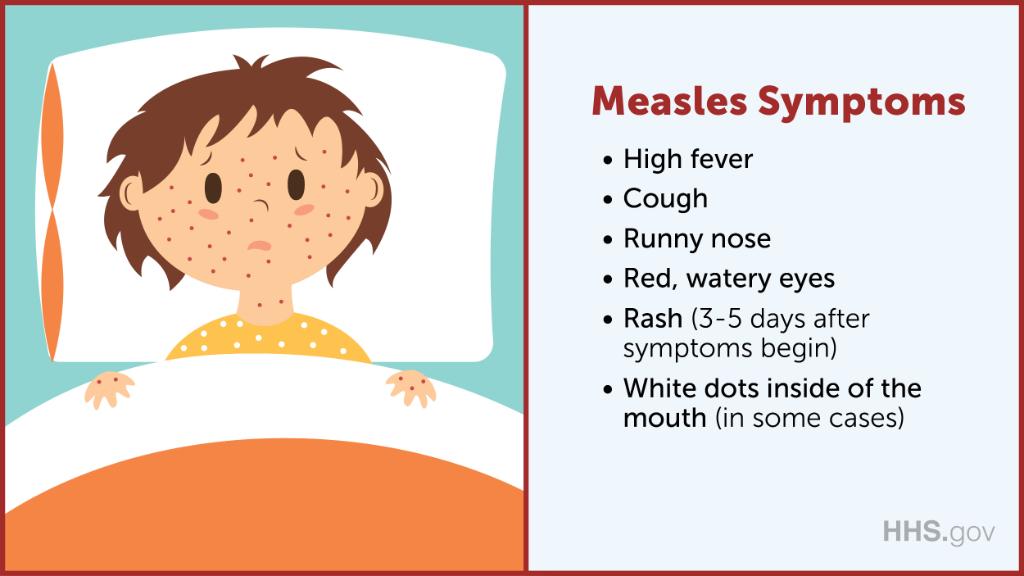How Measles Spreads-various-aspects
Measles transmits mainly through the air when an infectious individual coughs, sneezes, or speaks, dispersing droplets that carry the virus. These droplets may remain airborne for as long as two hours, enabling vulnerable people to breathe them in and get infected. Moreover, the virus can be transmitted by contacting contaminated surfaces and subsequently touching one’s face.


If any patient of ENT requires any surgery, opd consultation or online consultation in clinic of ENT specialist Doctor Dr Sagar Rajkuwar ,he may contact him at the following address-
Prabha ENT clinic, plot no 345,Saigram colony, opposite Indoline furniture Ambad link road, Ambad ,1 km from Pathardi phata Nashik ,422010, Maharashtra, India-Dr Sagar Rajkuwar (MS-ENT), Cell no- 7387590194 , 9892596635
Issued in public interest by –
How Measles Spreads
Key points
- Measles is extremely contagious.
- Measles can survive for as long as 2 hours in an air space once an infected individual has vacated that area.
- Contact your doctor right away if you believe you or your child have been exposed.


Common ways it spreads
Interaction with an infected individual
Measles is an extremely contagious virus found in the nasal and throat mucus of an infected person. It can transmit to others through coughing and sneezing.
Contact with airborne droplets
If others inhale the tainted air or interact with the infected surface, then subsequently touch their eyes, noses, or mouths, they may become infected.
Only humans transmit measles
Measles is transmitted solely from person to person. Animals neither contract nor spread measles.
When you are contagious
If you are infected with measles, up to 90% of the individuals nearby who lack immunity will also be infected.
An infected individual can transmit measles to others even before they are aware they have the illness. You may spread measles to others from 4 days prior to 4 days post the appearance of the rash.
Risk:
Up to 90% of unvaccinated individuals who come into contact with someone infected with measles will contract the virus.
What are the signs of measles?


The most prevalent signs of measles include:
- High fever
- Runny nose
- Red eyes
- Cough
- Small white spots inside the cheeks
- Rash
Respiratory symptoms typically appear by day ten, with the rash usually manifesting on day 14 following exposure.
What are some potential complications of measles?


Measles is linked with numerous complications. These consist of:
- Diarrhea
- Ear infections
- Pneumonia
- Croup
- Weakened immune system
- Encephalitis (swelling of the brain; less common forms can occur even years later)
Individuals who experience measles during pregnancy face risks for pre-term delivery and infants with low birth weight.
Young children, pregnant individuals, and those with compromised (weakened) immune systems are most vulnerable to severe complications.
How is measles managed?
There is no specific antiviral management for measles. Care primarily focuses on alleviating symptoms while the virus takes its course. Resting, staying hydrated, and maintaining a healthy diet may assist in recovery. Children diagnosed with measles should be given a Vitamin A supplement to help avert serious complications.
If a person with measles develops a secondary infection caused by bacteria (like pneumonia or an ear infection), doctors may recommend antibiotics.
For update on further important health related topics and frequently asked questions on health topics by general population please click on the link given below to join our WhatsApp group –
https://chat.whatsapp.com/Lv3NbcguOBS5ow6X9DpMMA
Issued in public interest by –
How can measles be avoided?


The positive news is that measles, along with its serious complications, can be avoided through vaccination. Children should receive two doses of either the MMR (measles, mumps, rubella) or MMRV (measles, mumps, rubella, varicella) vaccines. Adults born after 1957 who did not receive the vaccine during childhood and lack proof of immunity should get vaccinated.
If you or your child have been exposed or think you have been exposed to measles and are not vaccinated, discuss with your primary care provider about receiving the vaccine. Vaccination within three days of exposure to the virus can help prevent infection or reduce the severity of illness as well as safeguard against future exposures.
Some individuals should avoid receiving the measles vaccine. Inform your healthcare provider if you:
- Have experienced a severe allergic reaction to a vaccine or have a history of life-threatening allergies
- Are pregnant or could be pregnant
- Have a weakened immune system due to a disease or medical treatment
- Have recently undergone a blood transfusion or received other blood products
- Have received other vaccines in the past four weeks
- Both the MMR and MMRV vaccines have a proven record of safety and effectiveness in preventing measles.
Reach out to your healthcare provider if you suspect exposure to measles. As always, when feeling unwell: stay home, wear a mask, and practice proper hand hygiene to help prevent disease spread and protect your community.
Issued in public interest by –







